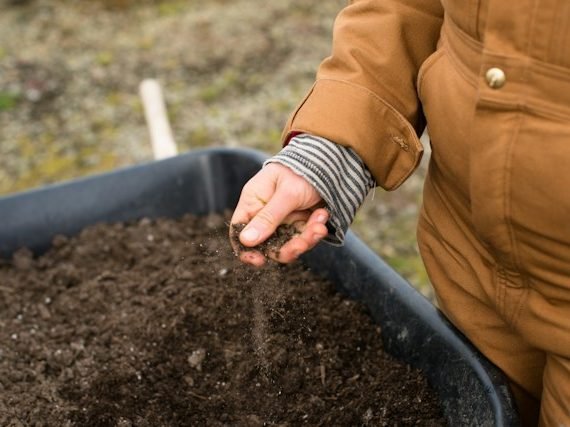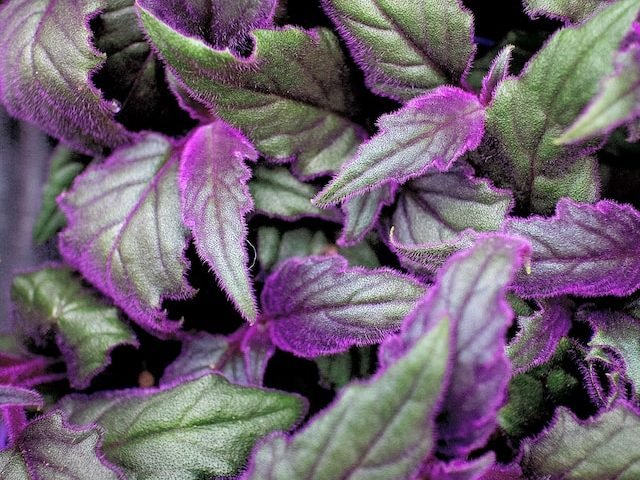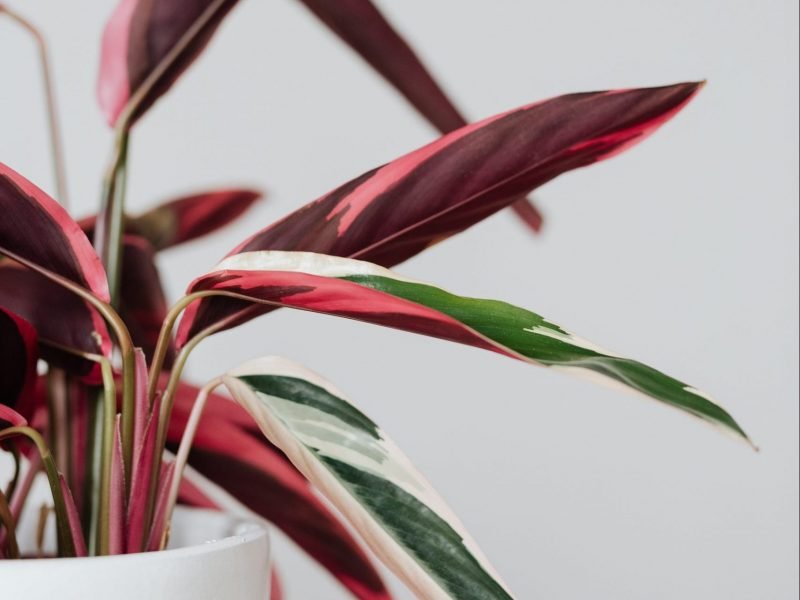
Basic Sansevieria Fernwood Care
This low maintenance succulent plant is great for beginner or busy plant parents as they don’t need much tending to and will grow in most environments! Below you’ll find everything you need to help your Sansevieria Fernwood thrive…
| Light | Medium LightI prefer areas that aren’t too bright or shady. Finding a balance is important. |
| Water | Water InfrequentlyI can be quite sensitive to root rot so be careful not to overwater me. |
| Humidity | Low HumidityI grow best in pretty dry environments so don’t try and increase the humidity. |
| Soil | Draining SoilI like a mix that includes peat moss and perlite as these prevent my roots from becoming water-logged. |
They can adapt to most light levels
One of the great things about the Sansevieria Fernwood is that it can adapt to nearly any spot in your home. Keep it away from intense direct light as this can scorch the leaves, but any other light level will be totally fine for your plant.
Water the Sansevieria Fernwood sparingly
As it is a type of succulent, Sansevieria Fernwood plants really don’t need much water as they are sensitive to root rot. Every couple of weeks in summer, and once a month in winter should be plenty.
Make sure the potting mix has dried out fully before watering again to avoid root rot and fungal diseases.
They are happy in most temperatures
Another reason why the Sansevieria Fernwood is just so easy to care for is that they don’t mind lower temperatures. Average room temperature is ideal but they can tolerate it a little cooler.
Don’t increase the humidity
Sansevieria Fernwood plants don’t need a boost of humidity and actually prefer slightly drier conditions.
Avoid misting or using a humidifier too close or it can turn the leaves mushy.
Fertilising is totally optional
Sansevieria Fernwoods will survive well without any fertilising at all. However, if you do want to feed your plant then we recommend using a cactus/succulent specific fertiliser once a month during the warmer months and not at all during autumn/winter.
There are a few ways to propagate a Sansevieria Fernwood
Propagating a Sansevieria Fernwood can be pretty simple and there are a few ways to do it.
Either take a leaf cutting and growing in fresh water until roots appear. Or you can also propagate a Sansevieria Fernwood by dividing the mother plant into several smaller plants. Or you can wait for rhizomes to grow from the main plant and propagate those. Note that it can take a few years for your Sansevieria Fernwood to be mature enough to produce rhizomes so the first two options are better for less mature plants.
Sansevieria Fernwood plants are air-purifying
Sansevieria Fernwoods are great for offices or bedrooms as they filter toxins out of the air and release oxygen at night (when lots of other plants produce carbon dioxide).
Sansevieria Fernwoods are toxic
Unfortunately, Sansevieria Fernwood Mikado plants are toxic to pets and humans and can cause stomach issues if digested.

Sansevieria Fernwood FAQs
Quick and simple answers to the most common questions we see about the Sansevieria Fernwood.
How often should I water my Sansevieria Fernwood?
Sansevieria Fernwoods are super low maintenance in that they really don’t require much water at all. During summer you want to water about twice a month, cutting that to once monthly during winter. It’s really important that the soil dries out, otherwise you risk the roots on your Sansevieria Fernwood rotting.
Is the Sansevieria Fernwood toxic?
Unfortunately, Sansevieria Fernwood Mikado plants are toxic to pets and humans and can cause stomach issues if digested.
Does the Sansevieria Fernwood prefer full sun or shade?
Sansevieria Fernwood plants can thrive in a range of light levels, from bright, indirect light to low light. Just keep them away from harsh direct sunlight as it can burn the leaves and leaves yellow, brown patches across your plant.
How tall can a Sansevieria Fernwood get?
Sansevieria Fernwood Mikado plants can get to about 1meter in height. They are very slow-growing houseplants though so it can take many years for them to reach their full height.
How quickly does a Sansevieria Fernwood Mikado grow?
Sansevieria Fernwood Mikado plants are very slow growing so it can take many many years for them to reach their full height. The positive of this though is that you don’t need to repot often and they won’t outgrow the space.
Common Problems with your Sansevieria Fernwood
Here are some common issues that you might run into. It’s important to diagnose any issues early to give your plant the best chance of bouncing back.
Why isn’t my Sansevieria Fernwood growing?
Sansevieria Fernwood Mikado plants are very slow growers and you will struggle to really see new growth happening, even in the summer months. Be patient though as with the right conditions and care your Sansevieria Fernwood can grow up to 1 metre tall.
Why is my Sansevieria Fernwood losing its colour?
It can happen that the leaves on your Sansevieria Fernwood fade or develop sunspots if exposed to too much bright direct light. This is especially common during summer when the sun is at its strongest. Move your plant to a slightly shadier spot in your home to stop this from occurring.
Why does my Sansevieria Fernwood have brown leaf tips?
Brown leaf tips on a Sansevieria Fernwood can be caused by watering issues and especially inconsistent watering. Make sure that you find the routine that suits your plants’ needs and adjust this throughout the seasons. Sansevieria Fernwood plants don’t like going from very dry to soggy all the time.
We don’t recommend trimming the brown tips off as Sansevieria Fernwoods scar very easily and this can damage the leaves more than just leaving them.
Why does my Sansevieria Fernwood have soft leaves?
Soft mushy leaves on a Sansevieria Fernwood plant is most commonly caused by overwatering. Although the soil may not feel waterlogged, Sansevieria Fernwoods don’t need much water and can very easily develop root rot. Switch out the potting mix if needed and cut back on your watering.
Why does my Sansevieria Fernwood have yellow leaves?
Yellow leaves on a Sansevieria Fernwood is a sign of either too much light or too much water. Check the position of your plant throughout the day as well as the moisture levels in the soil and adjust the environment/ watering routine accordingly.













